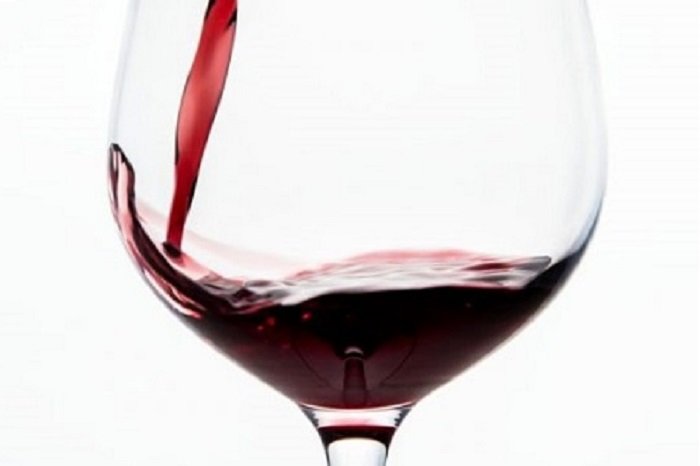Everyone now talks, rightly, about territories. But many critics forget, when evaluating a wine, that the same grape variety changes a lot depending on the territory where it is produced. Therefore, evaluation parameters need to be changed.
There is a lot of talk about territory of zones, subzones, vineyards and other such concepts but then we read so many articles and judgments that are about the grape variety or, even worse, the personal interpretation of that grape variety, which is transposed to each territory in a self-referential manner that borders on the ridiculous.
The region that suffers most from this is Tuscany where Sangiovese insists with bulgar percentages on so many DOCGs. Far wiser were our ancestors who gave Sangiovese local names (Prugnolo gentile in Montepulciano, Brunello in Montalcino, Morellino in Scansano are the most classic cases) that avoided confusion. At that time, Sangiovese was referred to only in reference to Romagna and nothing else.
Anciently the Tuscan culture was one of blending, proof of which is Chianti, but even in Montalcino only after Biondi Santi was the Brunello-Sangiovese monovarietal path taken. In the past decades we have seen the introduction of blends of various Cabernet, Merlot, Syrah into the culture, distorting tradition but increasing the wine’s desirability in foreign markets. The Supertuscan phenomenon emerged, which also saw pure Sangiovese from areas outside Brunello (brilliant intuition). All excellent ideas, certainly successful, but they winked at the market rather than the territory.
Too many pure Sangiovese?
In recent times changes to the various specifications have increased the possibility of using pure Sangiovese, ramping up the problem of territorial identity mismanaged, it must be said, by a section of critics alas mostly indigenous. One cannot, and should not, bend territories to one’s own vision of Sangiovese according to a logic of “I like Sangiovese this way and it follows that all those that come close to my model are fine and the others are not” because it is a self-referential and dangerous vision for producers and especially for our magnificent territories.
“Simple” differences
We have to thank that this grape variety “feels” territorial differences a lot. I think a right approach is toexalt the structural differences in the wine that depend on the terroir. Let’s remember the classic (perhaps simple) differences that have always existed: the acidity and elegance of Chianti Classico, the tannin and austerity of Nobile di Montepulciano, the density and power of Brunello di Montalcino, the warmth and sunshine of Morellino di Scansano.
Brunello, Nobile, Chianti-they are not Sangiovese.
These simple differences must remain unchanging to characterize well as these territories have always done. And if some wine-perhaps a very good one-comes dangerously close to the “boundary” of the appellation to stray into another, losing the intrinsic characteristics of the area, it cannot be considered a reference or even a worthy representative of that area. If we do not strictly divide simple tasting boundaries between appellations we kill territories and do not do good information because we create confusion in consumers who are the most valuable asset our world possesses.





